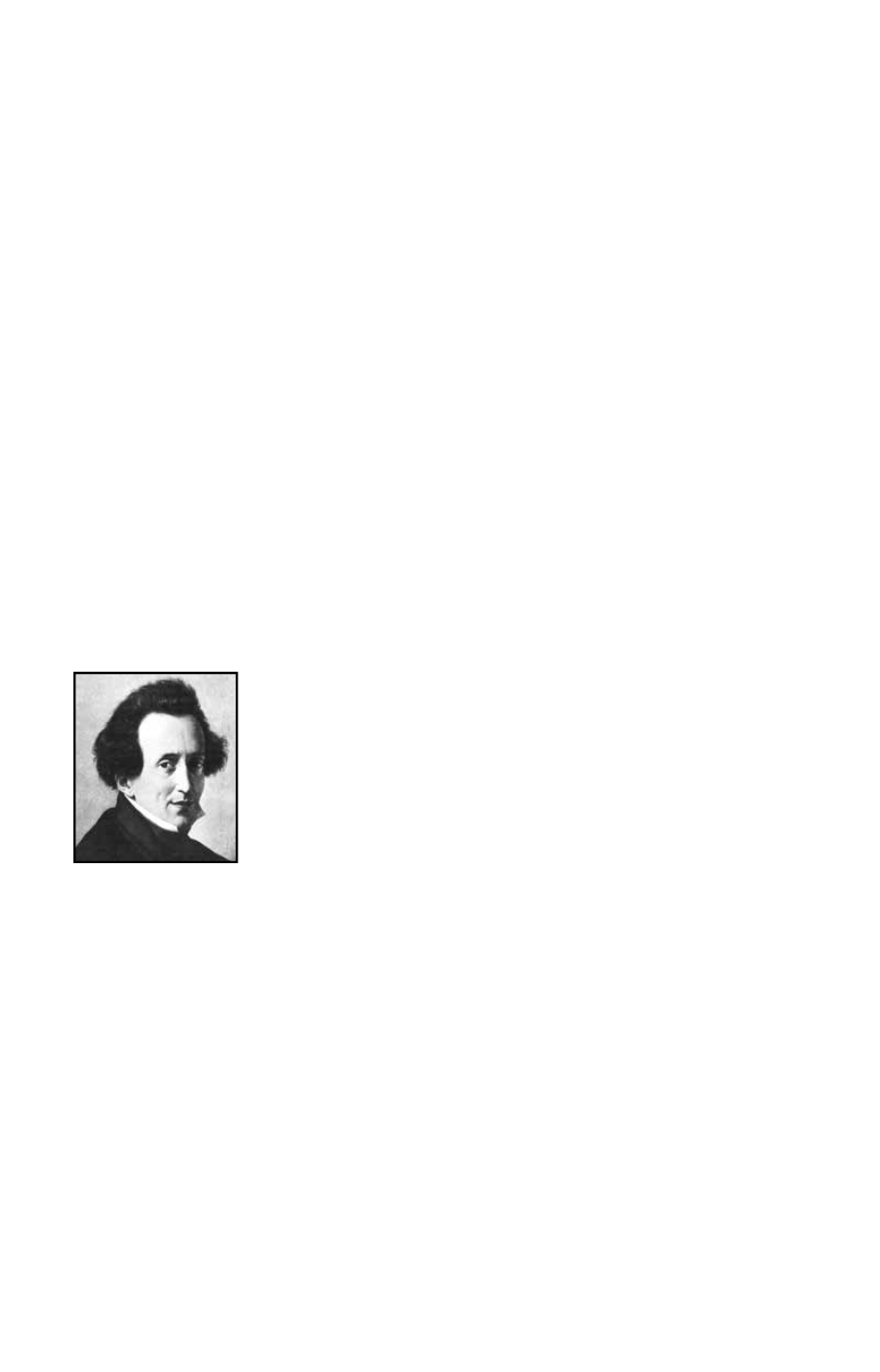
2015 Program Notes, Book 2 |
45
Friday and Saturday, June 26 and 27, 2015
in September, and Acts One and Two followed the next year. The entire short score was
finished by April 4, 1879. The extensive job of orchestration took many months, often
slowed by the composer’s failing health, and it was not completed until January 13,
1882 in Palermo, one of the Italian cities Wagner visited to escape the harsh German
winters. The premiere took place in his
Festspielhaus
in Bayreuth the following July.
Though he decreed that
Parsifal
would be presented only in that one theater for at least
30 years, interest in the new work was high, and orchestral excerpts were performed
in America within months of the premiere, a concert version was given in New York in
1886, and the Metropolitan Opera mounted a full production in 1903.
Parsifal
, which Wagner called a “stage-consecration-festival play,” is rich in
philosophical allusion, mystical symbolism and historical reference. Its main characters
are the pure, faithful knights of the temple of Monsalvat who guard the Holy Grail, the
cup from which Christ drank at the Last Supper, and the Spear that pierced His side
at the Crucifixion. Klingsor, a knight refused entry into the holy band, seeks revenge
by creating a garden of fleshly delights at the foot of the mount to tempt the knights
from their sacred duty, wherein Kundry, Klingsor’s most voluptuous temptress, has
seduced Amfortas, King of the Knights of the Grail. During their passions, Klingsor
stole the Spear and wounded Amfortas with it. The wound remains unhealed and the
sanctity of the order violated until the Spear can be recovered. The story of the opera
revolves around Parsifal, a man without guile who, through his learning of compassion,
renunciation of worldly passions, and purity of faith, regains the Spear and brings
salvation to Amfortas and his knights. Wagner said that the luminous orchestration of
the Prelude was meant to convey “the character of cloud formations, which separate
and then unite again.”
SYMPHONY NO. 5 IN D MINOR, OP. 107,
“REFORMATION” (1829-1830)
Felix Mendelssohn (1809-1847)
Mendelssohn’s Symphony No. 5 is scored for pairs of woodwinds
plus contrabassoon, two horns, two trumpets, three trombones,
timpani and strings. The performance time is 27 minutes. The
Grant Park Orchestra first performed the Symphony on June 26,
1953, with Nicolai Malko conducting.
In 1530, Melanchthon, the scholar and humanist who was one of the seminal figures
in German history, wrote the document that became the basic creed of the Lutheran
faith. Known as the Augsburg Confession, it was endorsed by Luther and became one
of the fundamental cornerstones of the Reformation. A celebration in Germany was
planned for the 300th anniversary of the Augsburg Confession, and Mendelssohn was
commissioned to write a work to commemorate the event. Mendelssohn’s selection
for the commission at first appears curious, since he was born into one of the most
prominent Jewish families in northern Europe. However, while he was still a boy his
father had him baptized into the Christian faith because life for Jews in his birthplace,
Hamburg, had become intolerable under the French occupation. Felix added the
Christian surname Bartholdy to his ancestral one, and insisted that he had abandoned
the old religion. He eagerly took on the commission for the celebratory Symphony,
both to make a public confirmation of his Christianity and also to show his admiration
for Luther as a leader, a musician, and as the translator of the Bible into German.
Just as Mendelssohn was setting to work on the new Symphony in London in
September 1829, he had an unfortunate carriage accident that left him bedridden
for two months with a severe leg injury. Despite the kindness he was shown by his


